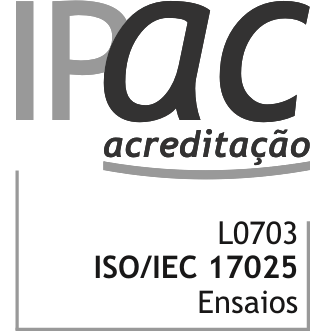Determination of particle size distribution by laser diffraction in liquid dispersion
What is it?
Laser diffraction spectrometry (LDS) is a technique for analysing the particle size distribution of a sample. This technique is based upon the measurement of the angular variation in the intensity of scattered light as a laser beam interacts with the dispersed particles of a sample. Typically large particles tend to scatter light at small angles, while small particles scatter at large ones. By analysing the different angular dispersion patterns, it is possible to calculate the size of the particles based on Mie light diffusion theory. If the required optical properties of the material are unknown, this technique allows the simplified Fraunhofer model to be used, providing size evaluations with accurate results when coarser (>50μm) and opaque particles are present.
What is it used for?
Laser diffraction is a commonly used technique since it enables the characterisation of particles over a very wide range of sizes, from hundreds of nanometers to several millimeters. It is a relatively rapid technology when it comes to measuring times, with automated processes (calibration measurement and cleaning), which provides great precision, repeatability and reproducibility of the results. The analysis data can be presented in various forms including the average particle size and the distribution histograms by number, weight or volume.
Equipment and working conditions
For measuring particle size distributions the laboratory has a state of the art Malvern Mastersizer 3000 laser diffraction spectrometer with a wet dispersion unit, providing analysis capabilities within a range between 0.01 and 3500μm and in accordance with test methodologies stated in the ISO standard – ISO 13320: 2009 Particle size analysis - Laser diffraction methods.
Example of use
Laser diffraction spectrometry is a very useful and versatile method applicable to various fields and industries, including those related to the development of ceramic materials, polymers, metals and composites in the form of dry powders, suspensions, emulsions, gels and pastes.
Examples:
- Study of filler and pigment particle sizes for paints and varnishes
- Evaluation of drugs particle size for the pharmaceutical sector
- Particle size assessment of raw materials for ceramics, mortars and cements
- Study of the relationship between particle size diameter and the percentage of rejected material in the manufacturing processes of some electronic components
- Evaluation of particle diameter as modification/stabilisation factor in the flavour and shelf-life of packaged products in the food industry






